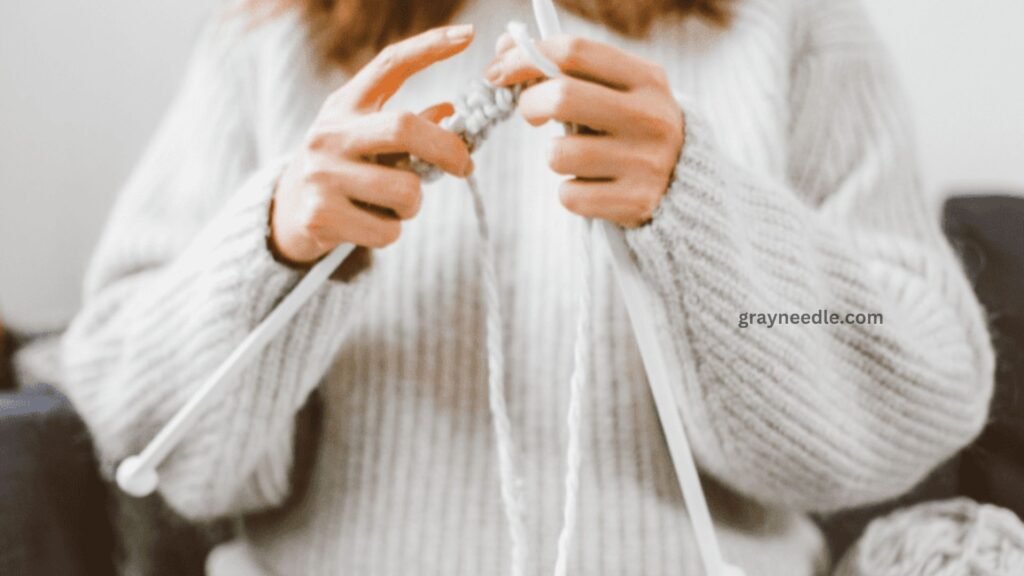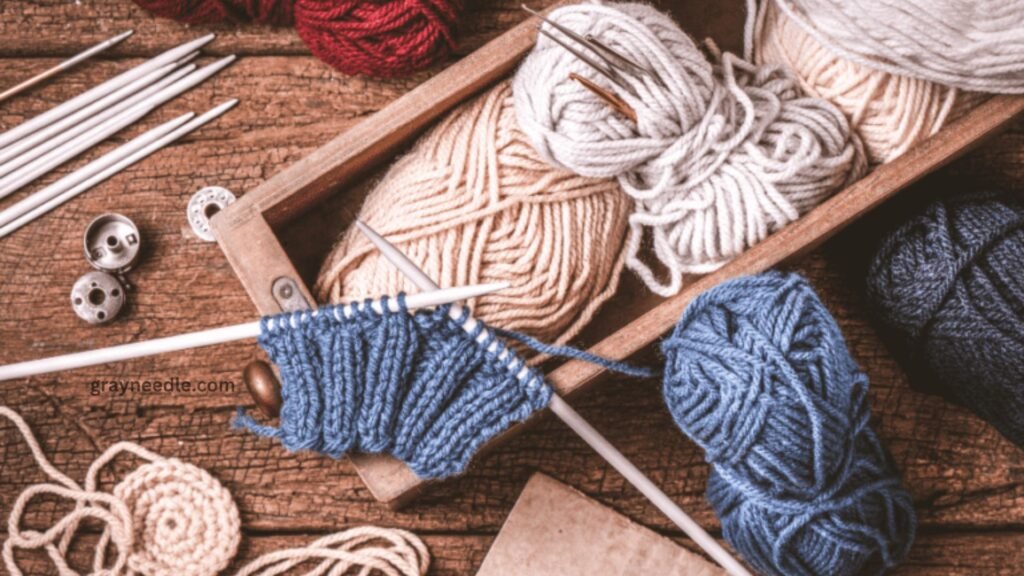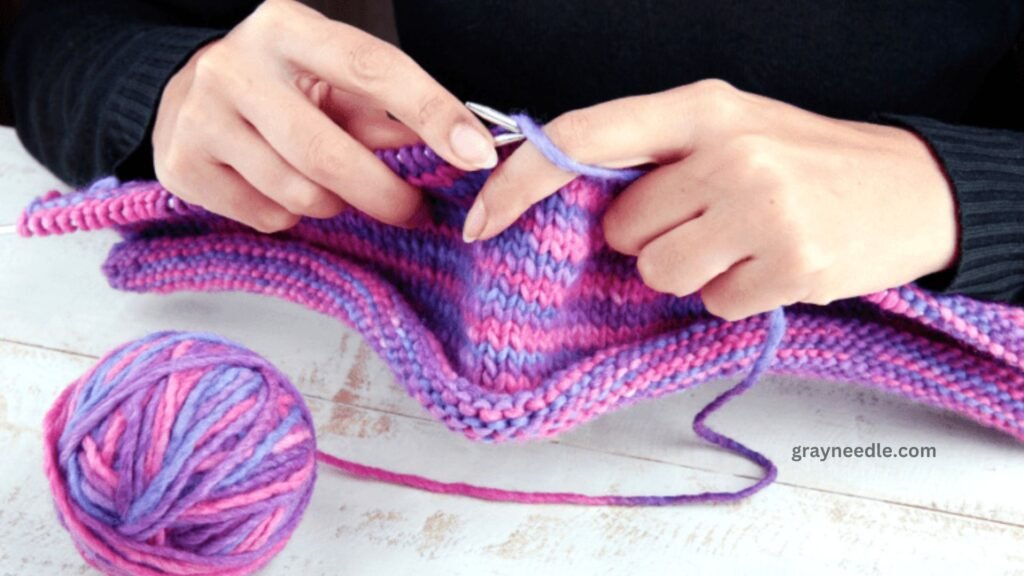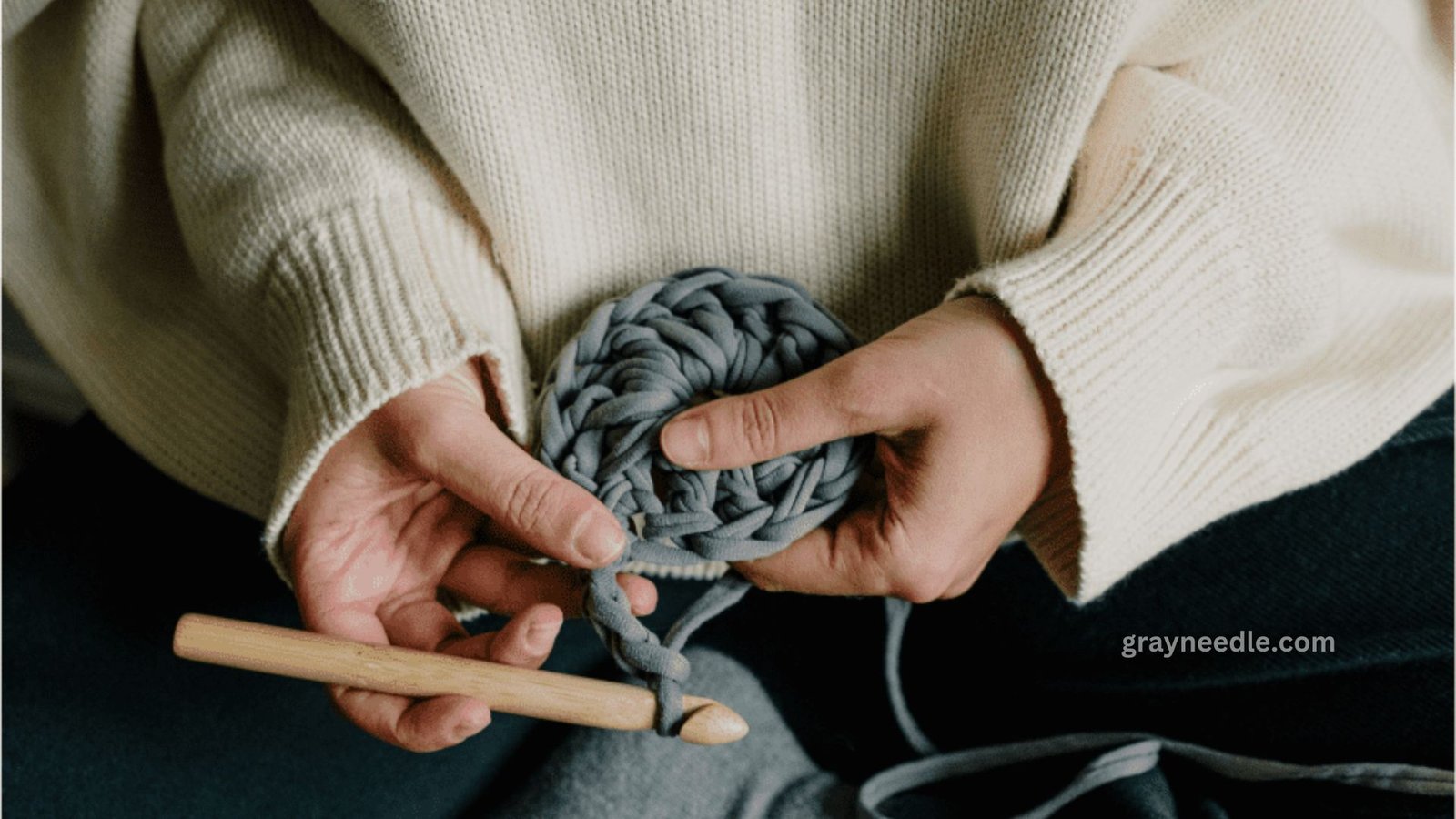Have you noticed that your shoulders were hurting after putting in a lot of effort to complete a knitting project? Knitting puts a lot of strain on your upper body muscles, which can lead to tension or even exhaustion if you continue for an extended period of time.
Does knitting lead to injury to the rotator cuff then? Knitting can result in rotator cuff injuries, even though it rarely causes them directly. Knitting constantly works the same muscles, which can lead to overuse pain and make it more easier to hurt oneself when doing other tasks.
If you enjoy knitting a lot, you should become more knowledgeable about the risks of rotator cuff problems and how to avoid them. Knitting can put physical strain on the body, so it’s important to know what to do to avoid injury and continue your favorite pastime. Continue reading!
Does Knitting Cause Rotator Cuff Injury?

Knitting can result in a repetitive stress injury since it requires you to use the same movements again. People with arthritis are typically more susceptible to this type of damage. Knitting-related repetitive strain injuries (RSI) can affect a variety of joints and muscles, including your most often used ones.
Knitting can result in a rotator cuff injury since RSI can affect your rotator cuff. That being said, there’s a greater chance that you’ll get hurt by something else. It is significantly easier to injure that area of your body due to the repetitive activity.
By taking more pauses from knitting and taking a few days off if you feel strained, you can lower your risk of suffering a rotator cuff injury. While knitting, you should also focus on maintaining proper posture, reducing wrist twisting, and avoiding locking your joints. By using these methods, you can lessen your chances of suffering from RSIs.
Among other ailments, knitting can result in rotator cuff damage. When knitting, you have to pay attention to how your body feels since it will tell you when to stop!
Does Knitting Cause Shoulder Pain?

Shoulder and back pain can result from knitting if you sit incorrectly or stoop over while working. When you do that, it puts a lot of tension on your shoulders, back, and upper body. Long-term knitting is another popular pastime that may exacerbate shoulder pain in certain people.
If you start to feel pain in your shoulder, you should stop and rest. While taking a break, an icepack and an over-the-counter pain medication can assist to lessen the noticeable strain. You should stop knitting for a few days to give your body time to relax.
It’s important to listen to your body because extended knitting sessions can cause shoulder pain, tendinitis, and carpal tunnel syndrome. Additionally, you can experience pain, tightness, or cramping in your fingers, lower arms, and wrists. These are all indications that you should take a brief break and check your posture while knitting.
In summary, shoulder ache can definitely result from knitting. It typically affects people who knit regularly or for extended periods of time without taking breaks. Since knitting involves a lot of repetition, it’s simple to become distracted. Setting some alarms to alert you after a few hours of work can be helpful.
Also Read: Why Does Knitting Make Me Sleepy?
What Are Common Knitting Injuries?

Tendonitis and tendinosis are the most frequent injuries sustained while knitting. Tendoninosis is the breakdown of collagen in your body as a result of overuse from repetitive activity, whereas tendinitis is the inflammation of the fibers that connect your bones and muscles.
Tenosynovitis is a specific type of tendinitis that affects knitters. The tendons close to your wrist and thumb get inflamed, resulting in this ailment. Because of the way knitters move their hands when working on their craft, it is common among them. Because of the origin of the discomfort, knitters frequently refer to it as “knitter’s thumb” or “knitter’s wrist.”
By taking breaks, stretching your wrists before and during an extended knitting session, and utilizing softer, more relaxed movements, you can prevent knitter’s wrist. If you’re in pain already, a cold compress can be helpful as well.
Even though knitters frequently suffer from these three injuries, you won’t have to worry as much if you take regular breaks throughout knitting sessions.
Knitting and Its Effect on the Rotator Cuff

You may notice soreness in your shoulder the day after a lengthy knitting session. Shoulder flexion is limited in those with RSI in their rotator cuffs. Knitters typically experience modest symptoms at first, although it might arise gradually or all at once.
It would hurt and feel quite stiff and swollen in your shoulder. Some affected individuals have reported feeling numb or as though their muscles are burning when they have RSI in their shoulder. Since rest is the only effective treatment for RSI, you must refrain from using that shoulder until you feel better.
When working on a knitting project, stopping to take a break can be frustrating, particularly if the finish line is in sight. But you don’t want to experience any discomfort as you close. Taking longer to complete your knitting tasks is preferable to inadvertently injuring your body via repetitive strain injuries.
Knitting won’t tear your rotator cuff, but it can still injure your shoulder as an RSI. Significant rotator cuff injuries in knitters are typically the result of another injury. But in the first place, an RSI might have made them more vulnerable to that damage.
Final Thoughts
In conclusion, while knitting can result in a rotator cuff strain (RSI), it won’t tear your shoulder. By taking regular pauses and cutting back on your knitting, you can also lower your risk of developing an RSI. You should still be able to complete your scheduled projects without experiencing additional discomfort, even if it can be annoying.
Stretching your arms, shoulders, and wrists both before and after crocheting is important! Your body will appreciate you and you’ll feel much better if you do. Shorter knitting sessions are also beneficial since they allow your muscles to relax.

